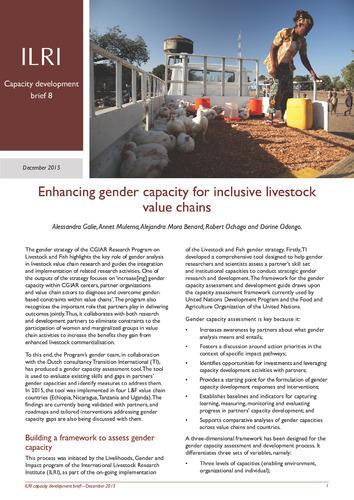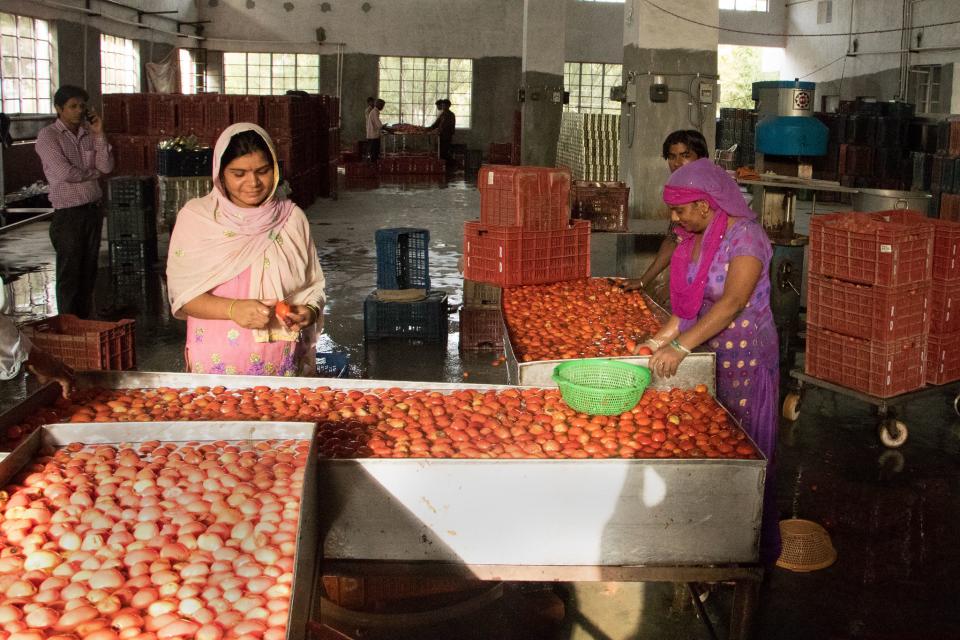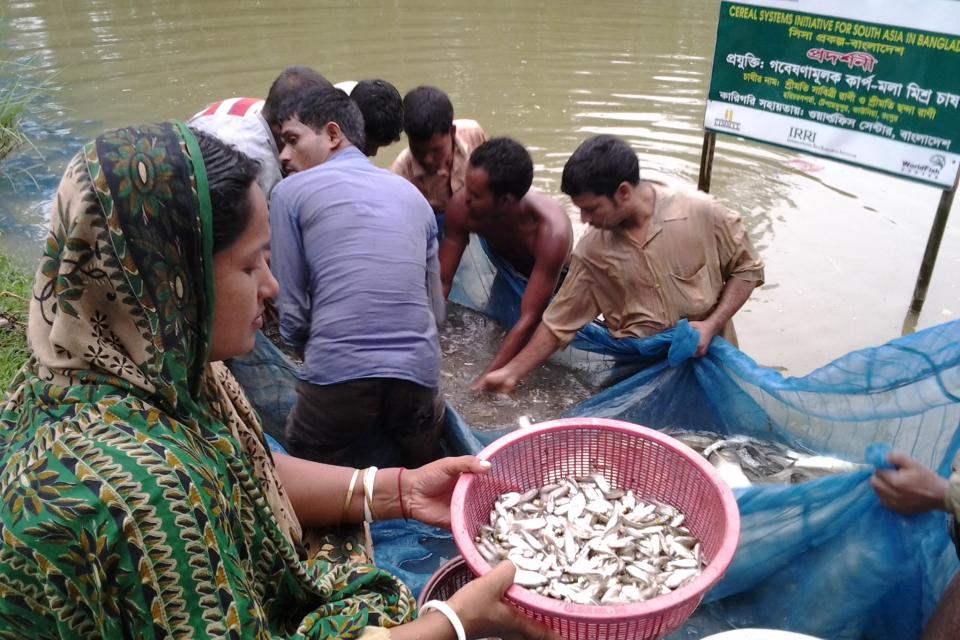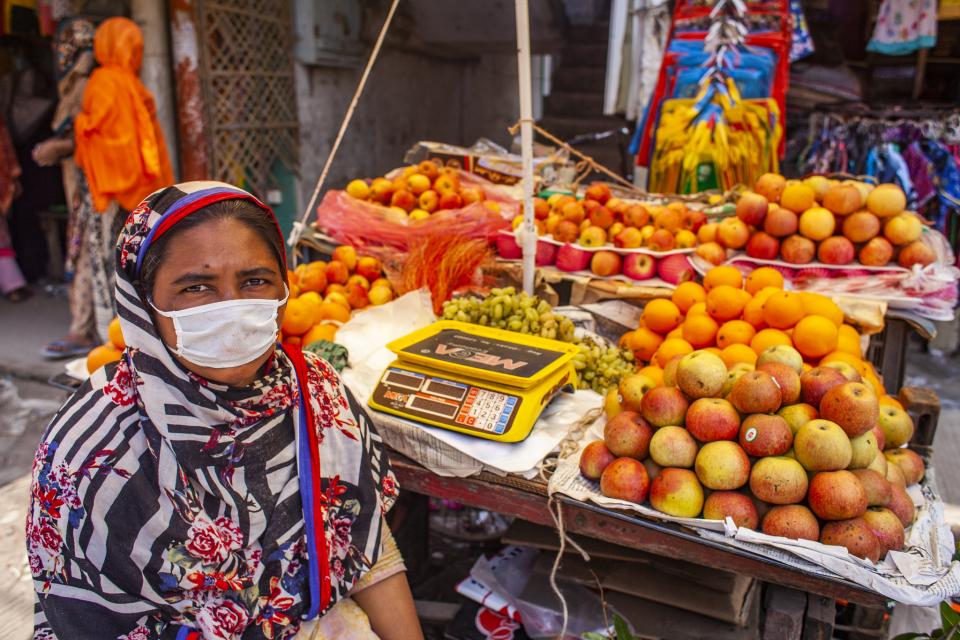Gender-responsive LINK methodology: analyzing and improving links between producers and buyers
 Eriz images/Shutterstock.com
Eriz images/Shutterstock.com
This method gives tools to analyze the context, inclusivity and opportunities for connections between producers and buyers, to create business models that empower women.
Why is the method important?
Improving women’s access to markets is key to reach the SDGs. As a product goes from farm to market, the tendency is for women to lose control of the product and corresponding income.
These considerations negatively affect women’s effectiveness as value chain actors, and this also reduces total market effectiveness.
This method focuses on including women and men smallholders in business models, and pays particular attention to women’s economic empowerment.
Who is the method for?
This method gives practitioners guidelines about how to integrate gender in value chain projects that link smallholders to emerging markets.
Countries of focus: Honduras and Guatemala
How can I use the tool?
The method uses a participatory toolkit to learn from people in a specific value chain, and discover how they might innovate.
There are four tools:
- the value chain map (understanding context linking rural producers with buyers)
- the business model canvas (understanding each business which links producers with buyers)
- the new business model principles (including scorecards; determining the inclusiveness of each business involved)
- the prototype cycle (improving the inclusivity of all the businesses involved)
- plus, guidelines for interviewing
When and how was it developed?
The method was developed by the International Center for Tropical Agriculture (CIAT) in 2016.
Where can I get the method? Who can I contact?
Download the tool here or the PDF directly [3.2 MB].
Mark Lundy
Gumucio, Tatiana; Hurtado, Jhon Jairo; Lundy, Mark; Mosquera, Erika Eliana. 2016. LINK Methodology: Gender Responsive Manual. Cali, Colombia: International Center for Tropical Agriculture (CIAT).
Tools, methods, manuals
Publications

Link Methodology: Gender Responsive Manual
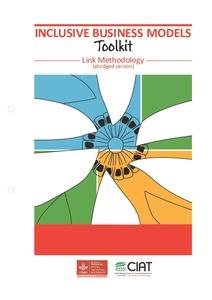
Inclusive Business Models Toolkit: Link Methodology (abridged version).
